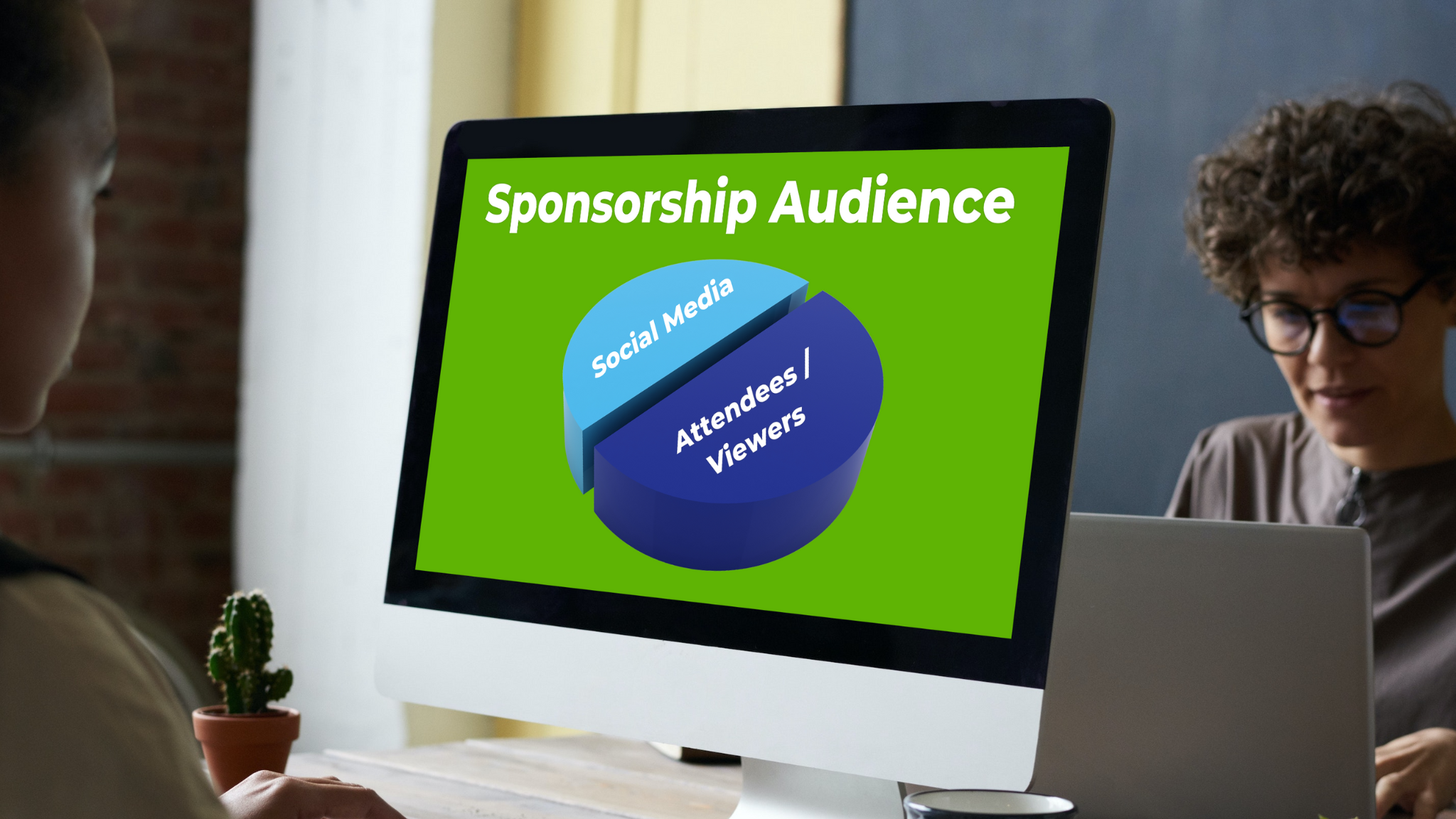
Like a loaf of bread sitting out too long, things eventually become stale.
Sponsorships are no exception. Sometimes sponsors lose the zest to enthusiastically activate. Other times, fans become numb to seeing the same sponsorship signage year after year after year. When this happens, the sponsorship’s performance metrics will begin to show signs of weakness. For example, a sponsorship whose return on investment increased by double digits each year now shows single-digit improvement or even a decline.
However, if an examination of your declining results causes the yellow sponsorship caution light to illuminate, there’s no need to panic. There are ways for a sponsor to respond to diminishing returns.
Let’s quickly look at the causes of diminishing sponsorship returns and three ways that sponsorships can respond.
Sponsorships diminish for three reasons:
- The sponsor loses interest or budget support;
- The property’s audience shrinks or becomes less enthusiastic; or
- The audience begins to experience sponsorship blindness.
The first two reasons are pretty self-explanatory. “Sponsorship blindness” happens when a marketing message fails to get noted by consumers. In sponsorship, this numbness usually occurs in very long-term sponsorships when the sponsor becomes taken for granted. Additionally, we see this happen in facility naming rights deals when consumers begin to think that the sponsor’s name is the actual name of the facility. For instance, the CHARGE Arena is a basketball venue sponsored by a world-class agency named CHARGE. Yet, after the fifth year of the sponsorship, consumers think that CHARGE is not a sponsor, but the arena’s actual name, much like Central Park is the name of NYC’s famed green space.
When this happens (and the data will be a vital indicator of this condition), there are three ways to respond:
1. Verify Your Strategy
Sponsorships evolve for many reasons. The sponsor’s consumer demographics and/or the property’s audience may change over time. A growing mismatch between the two will cause diminishing returns. Either of these conditions warrants re-examining one’s sponsorship strategy. Never be afraid to “white sheet” a sponsorship strategy, even mid-way through a sponsorship relationship term.
Similarly, sticking to one strategy over time may be overkill. In the arena example above, consumers may become very aware that CHARGE is the arena sponsor. If a brand awareness goal is attained, it may be time to set new and different goals.
2. Refresh Your Tactics
When tactics never change, a sponsorship audience begins to take the sponsor for granted. For example, if the sponsor delivers free snow cones at an arts festival every single year, consumers feel entitled to the snow cone, rather than being thankful to the sponsors that made it possible. Keeping tactics fresh and somewhat unexpected create a sense of anticipation for attendees and maintain gratitude top-of-mind.
3. Kill It
Sorry to be so blunt. However, just as all good things come to an end, some sponsorships naturally run their course. At times, no amount of strategy or tactics change will cure diminishing returns. Just as sponsors should not be afraid to try new sponsorship relationships, they should not fear saying goodbye when circumstances warrant it.
Final Thoughts
Diminishing returns are a sponsorship’s way of calling for help. Don’t ignore them or overreact to them. Consistent management of the sponsorship strategy and tactics will ensure that every sponsorship remains a valuable part of
***
Schedule a Free Discovery Call
If you would like CHARGE to help your organization reverse diminishing sponsorship returns, schedule a call with one of our experts today.


